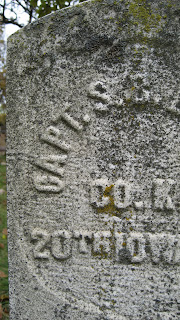 Sand Ridge Nature Center, Calumet City, IL
Sand Ridge Nature Center, Calumet City, IL. All the while you walk here, you are never out of earshot of traffic noise and the wail of police sirens. The land is an old onion farm, overgrown and transformed into a forest preserve managed by Cook County -- and by the way, why
do we need three county employees staffing the near-empty center on a Sunday morning? Such nice people, of course.




Mighty oaks from ....

I think of this as "my" cottonwood tree. It's enormous.

This is all one tree.

Half the base. How old is it? Two hundred years? Three hundred?



I know this is a native something-or-other, just not sure what.


Now who planted this? Johnny Appleseed?

Forest path


Poison ivy vines climb the trees.


The pond. The sign reads, "Don't kill us with kindness," and explains that feeding wildlife is a bad idea.


A bald cypress at the edge of "the marsh."

Bald cypress foliage

The "marsh" has become dry ground in about five years or so.


Painted turtles at the nature center.

Calumet City has its very own dinosaur bone. A sign nearby explains that the dinosaurs in the movie
Jurassic Park were actually from the Cretaceous period, not the Jurassic. "Maybe," the sign suggests, "nobody would go see a movie called
Cretaceous Park." Good point. Does "Jurassic" simply sound more fierce? Or is it easier to spell?

One of three red-tailed hawks, all too injured to survive in the wild. These birds are bigger than you think.


Shouldn't something be eating all this algae?




More vine-shrouded trees


Moss

Autumn

Eye-level



















































































